The Ultimate Guide to Brand Design and Brand Development
03/10/2025
Brand Strategy
Effective brand design and development are the cornerstones of a memorable brand that drives growth and customer loyalty.

If you’re looking to create a powerful brand that stands out from the competition, then brand design and brand development are two essential components that you must consider. Brand design is the visual look and feel of your brand that conveys its core values, while brand development is the strategic process of growing your brand’s identity and presence. The brand development process involves continuous improvement, tracking progress, and adjustments to enhance consumer trust and maintain the brand's quality and distinctive marketing assets. In this guide, we’ll take a deep dive into both aspects to help you create a powerful, successful brand. We’ll start by looking at the basics of branding strategy and the importance of having a strong brand story, followed by an overview of the design process and practical tips for crafting logo designs that capture your brand’s essence. We’ll explore how to develop your brand further with effective marketing and communication strategies. By the end of this guide, you should have a clear understanding of what it takes to create a strong brand that resonates with your target audience and stands out from the competition. We’ll provide you with the key strategies, best practices, and resources to get started creating an unforgettable brand.
.png)


Vision Statements Paint a Picture of the Brand's Ideal World


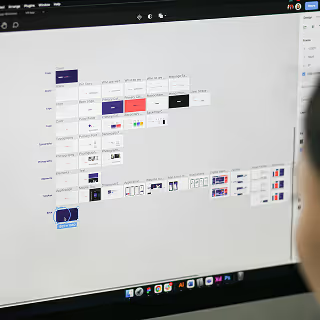
Your mission statement is a powerful tool that serves as your brand's roadmap.
It should clearly define the scope of what your brand does and how you plan to accomplish it.
Think of it as a rallying point for your team, something to keep them motivated and inspired to create the best possible brand.
A strong brand mission provides strong bones to flesh out a brand identity. It will help you and your brand's audience understand the why behind your brand identity, from its visual aspects to its core values.
Your vision statement should paint a picture of the brand's ideal world and how it will manifest itself within your industry.
It should be aspirational and provide guidance for where your brand is heading in the future.
This helps keep everyone on the same page, focused on the common goal of making the brand bigger and better than ever before.
Your vision statement is a crucial piece of your core brand identity.
It should explain what you want to achieve with your brand and why it matters.
What sets your brand apart from others? What makes it unique and special? Your vision statement should paint a vivid picture of what success looks like for your brand.
Core Values are the Beliefs The Brand Stands For
Finally, your brand's core values are the beliefs that drive everything you do.
These should be intrinsic to your company, something that resonates with everyone in your organization and helps them make decisions based on what is right for the brand.
Core values can include facets of your brand identity, such as honesty and integrity, innovation, customer service, sustainability, and more.
These brand values should be woven into every aspect of your brand, from the way that you interact with customers to how you treat your employees.
Determining the Brand's Personality
Once you have a handle on the brand's core identity, it's time to determine its personality.
This is achieved by creating a list of adjectives that best describe your brand and then using these as the foundation for building out the visual aspects of your brand (logo, website design, etc.)
It is important to keep in mind that the visuals should be consistent with your brand personality and brand image.
For example, if your brand is fun, creative, and innovative, then make sure that this comes across in the logo, website design, color scheme, etc.
Developing Your Brand by Identifying Tone and Messaging
Once you have a clear understanding of the brand personality, it’s time to move on to tone, messaging, and customer engagement.
Tone refers to how your brand communicates with its audience - whether it’s more formal or casual, friendly or authoritative.
Your brand’s tone is especially important when working in marketing, as it ensures that all messages sent out through different channels are consistent with one another.
Messaging, on the other hand, is the actual content of your messages—what you’re trying to say and how you say it.
Your messaging should be tailored to the brand’s target audience and should reflect the brand’s core values and personality in order to make a lasting impression.
How the Brand is Viewed by Your Target Audience
Additionally, you should also consider how you want your target audience to perceive your brand.
Do you want your brand identity to reflect the image of a creative and innovative brand that pushes the boundaries of what’s possible?
Or do you want to be known as a reliable, trustworthy brand that always delivers quality products and services?
If you do not consider how your brand is viewed by your target audience, then you risk a false start or, worse, damaging the reputation of your brand.
By looking at your brand identity from the target audience’s perspective, you can make sure that what you want the audience to see and what your brand identity portrays are in alignment, fostering brand loyalty.
Creating a Brand Style Guide to Ensure Consistency in Your Brand's Identity












Once you have a clear understanding of your brand’s identity, you can move on to the next step—brand management and creating a brand style guide.
Your brand style guide is an essential document that will help you maintain consistency in all of your marketing materials, from your website and social media posts to your print ads and product packaging.
Key elements to include in your brand style guide are the fonts and colors that you want to use, suitable imagery styles, and any brand messaging or slogans that you want to incorporate.
The last step in brand design and branding development is to put your brand out there for the world to see.
This can include launching a new website, starting a social media campaign, or rolling out a public relations campaign to introduce your brand to the world.
Whatever marketing strategies you choose, it’s important to remember that consistency is key - to build a strong brand presence truly, you need to ensure that your messaging, imagery and overall branding remain the same across all of your marketing materials.
What are Brand Design and Brand Development?
Brand design is the process of creating a cohesive visual identity for your brand, including all aspects of your logo, color palette, typography, and imagery.
- Your logo will serve as the cornerstone of your brand's identity, and it is important to make sure that it is creative, unique, and visually appealing.
- Your color palette reflects the emotions of the brand's audience. It should also be carefully chosen to reflect your brand's core values and the message that you want to convey.
- Your brand's typography should match the brand's personality while being easy to read and visually interesting.
- Your brand's imagery should be chosen to reflect both the target audience's emotions and brand personality. It should reflect the brand's values and speak directly to the target audience.
Brand Development is the Process of Bringing all of these Elements Together to Create a Unified Identity for your Brand.
Brand development is the process of creating an effective brand development strategy for how you will position your brand in the market, how you will reach your target audience, and what tactics you can use to ensure that your brand stands out from the competition.
Brand development involves the strategic planning and implementation of initiatives that will help to further build upon your existing brand identity.
This can include, amongst others, creating marketing campaigns, launching new products or services, or developing public relations strategies.
The importance of developing an effective brand strategy can not be understated - it helps attract new customers, strengthens customer loyalty, and creates a strong foundation for moving forward.
Why are Brand Design and Brand Development Important?
Effective branding is crucial to the success of any business, as successful brands play a key role in attracting and engaging customers, building your reputation and credibility, and setting your brand apart from the competition.
Whether you are starting a new business or looking to grow an existing one, investing in quality brand design and development is essential to help you achieve your goals.
If you are ready to get started with brand design and development for your business, the first step is to work with a professional branding agency that can help you create an effective branding strategy and develop a customizable brand identity that perfectly represents your unique brand.
At The Branded Agency, we are passionate about helping businesses achieve success through quality brand design and brand development services.
What is the process of Branding Design and Development?
There is no one-size-fits-all approach to branding design and development, as every business is unique and will require a tailored strategy based on your specific goals and needs.
Generally, the process of branding design and development typically includes the following steps:
- Establishing your brand's vision, mission, and values. This involves conducting research and analysis to get a clear understanding of who your target audience is, what their needs and pain points are, and what goals you hope to achieve with your brand.
- Creating a branding strategy based on this research. A successful brand strategy will identify key elements such as your brand identity (including logo design, color palette, and typography), tone of voice, messaging, and marketing channels.
- Developing a brand identity that is aligned with your strategy and effectively communicates your brand's message to your target audience. This may include working with a professional graphic designer to create a logo, color palette, and other design elements that reflect the essence of your brand.
- Executing your branding strategy and monitoring its effectiveness over time. This involves implementing your brand identity and brand image in all areas of your business, from marketing materials to customer interactions, as well as regularly reviewing and evaluating how your brand is performing and making any necessary adjustments to ensure continued success.
Build Brand Awareness and Brand Recognition with a Visual Identity
When you are looking to create a strong and recognizable brand design, one of the most important aspects is protecting and ensuring consistency in your brand’s visual identity to safeguard your brand equity.
Your brand’s logo, brand color palette, brand typography, and other brand design elements all play an essential role in creating a lasting impression with your target audience.
A professional graphic designer will be able to help you create a unique visual identity that perfectly reflects your brand and resonates with your target audience.
Additionally, by investing in quality brand design, you can ensure that your visual brand elements stand out from the competition and attract customers who are more likely to remain loyal and engage with your business on a long-term basis.
Creating Brand Guidelines to Ensure Consistency
Some important considerations to keep in mind when developing your brand’s visual identity include implementing a robust brand management strategy to ensure consistency and protection of your brand identity, staying consistent with your brand’s messaging, using high-quality design elements, and choosing colors and imagery that are appropriate for your target audience.
Additionally, it is important to ensure that your brand’s visual identity is recognizable and easily identifiable across all marketing channels, both online and offline.
By working with a professional branding agency like The Branded Agency, you can be sure that your brand design and development process will be carried out with the highest level of expertise and professionalism.
Want to learn more about brand platforms, Brand Strategy and Brand Identity? Keep reading!
If you need help with your companies brand strategy and identity, contact us for a free custom quote.
What visual elements should be included in your brand identity?
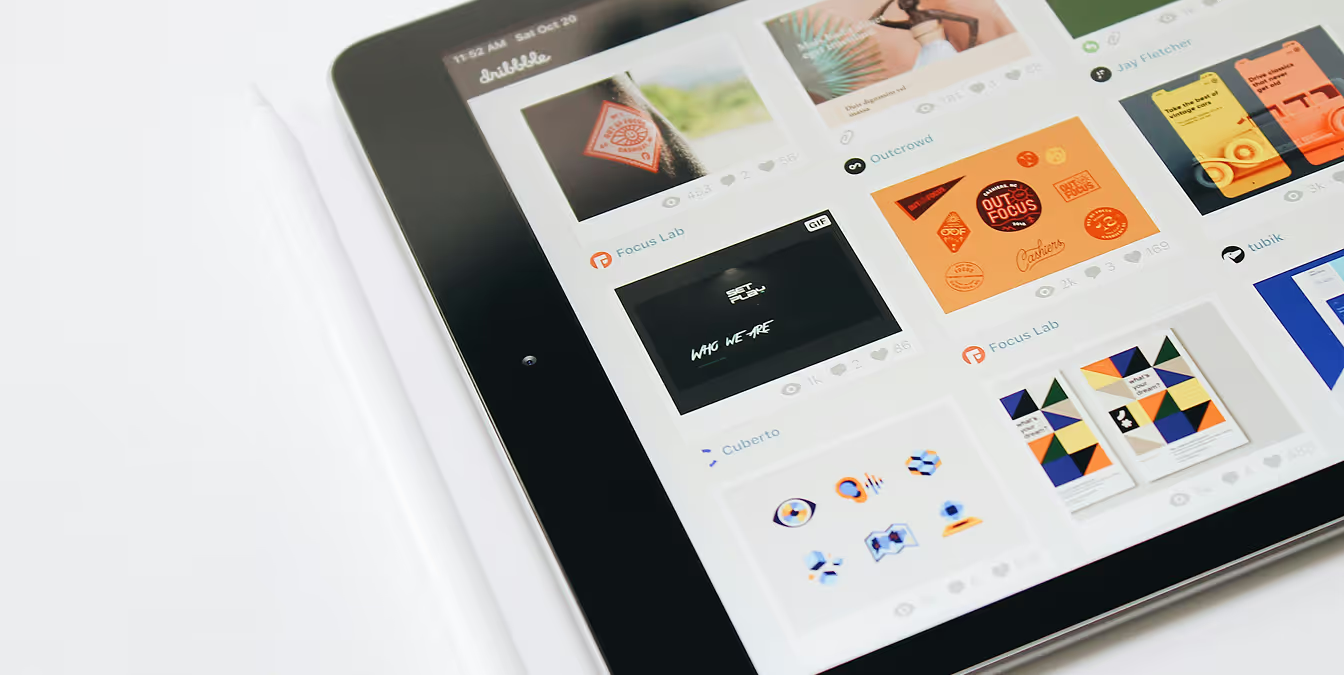
There is no single set of visual elements that should be included in every brand identity, as this will vary depending on the unique needs and goals of your business. However, these elements significantly contribute to the overall brand value by enhancing brand recognition, recall, loyalty, and customer retention.
Basic considerations when designing your brand’s visual identity include:
- Choosing a logo that is simple, recognizable, and easily adaptable to different marketing channels.
- Utilizing consistent color palettes and typography across all branding materials.
- Incorporating high-quality imagery that accurately represents your brand.
Overall, the goal of a strong visual identity is to create a consistent, memorable look and feel that effectively conveys your brand’s message to your target audience.
Using Your Brand's Building Blocks to Create a Strong Brand Strategy
Having a strong visual identity is only one piece of the puzzle when it comes to building a successful brand.
To truly stand out from the competition, you need to understand how these design elements fit into a larger marketing strategy and brand strategy.
Your brand strategy should consider the goals and objectives of your business.
Brand Awareness is an Essential Element in Creating a Strong Presence
It is important to make sure your brand messaging is consistent across all channels and resonates with your target audience.
By continually monitoring your brand's performance, you can ensure that you are on the right track toward achieving success.
Customer satisfaction is integral to the success of any business, so it is important to track customer satisfaction levels regularly.
This will give you an understanding of how customers perceive your brand and whether or not they are getting the value that they expect.
Monitoring Your Brand Presence to Ensure Effectiveness

Once your brand is up and running, it is important to monitor its performance regularly.
This will give you insights into what is working and which areas may need improvement.
A good brand monitoring strategy should involve tracking key metrics such as brand awareness, customer satisfaction, and website traffic, as well as actively engaging with customers in order to gain feedback about how they view the brand.
You'll better understand where your traffic is coming from and what imperatives are driving action.
Finally, engaging with your customers regularly and on each channel your brand is active will give you valuable feedback and insight into how they view your brand.
This can help you further understand what is working, as well as any opportunities for improvement.
By following the above steps, you will have all of the building blocks needed to create a powerful and effective brand that stands out from the competition.

Sloane Avery
As entrepreneurs, they’ve built and scaled their own ventures from zero to millions. They’ve been in the trenches, navigating the chaos of high-growth phases, making the hard calls, and learning firsthand what actually moves the needle. That’s what makes us different—we don’t just “consult,” we know what it takes because we’ve done it ourselves.
Want to learn more about brand platform?
If you need help with your companies brand strategy and identity, contact us for a free custom quote.
We do great work. And get great results.
+2.3xIncrease in revenue YoY
+126%Increase in repurchase rate YoY

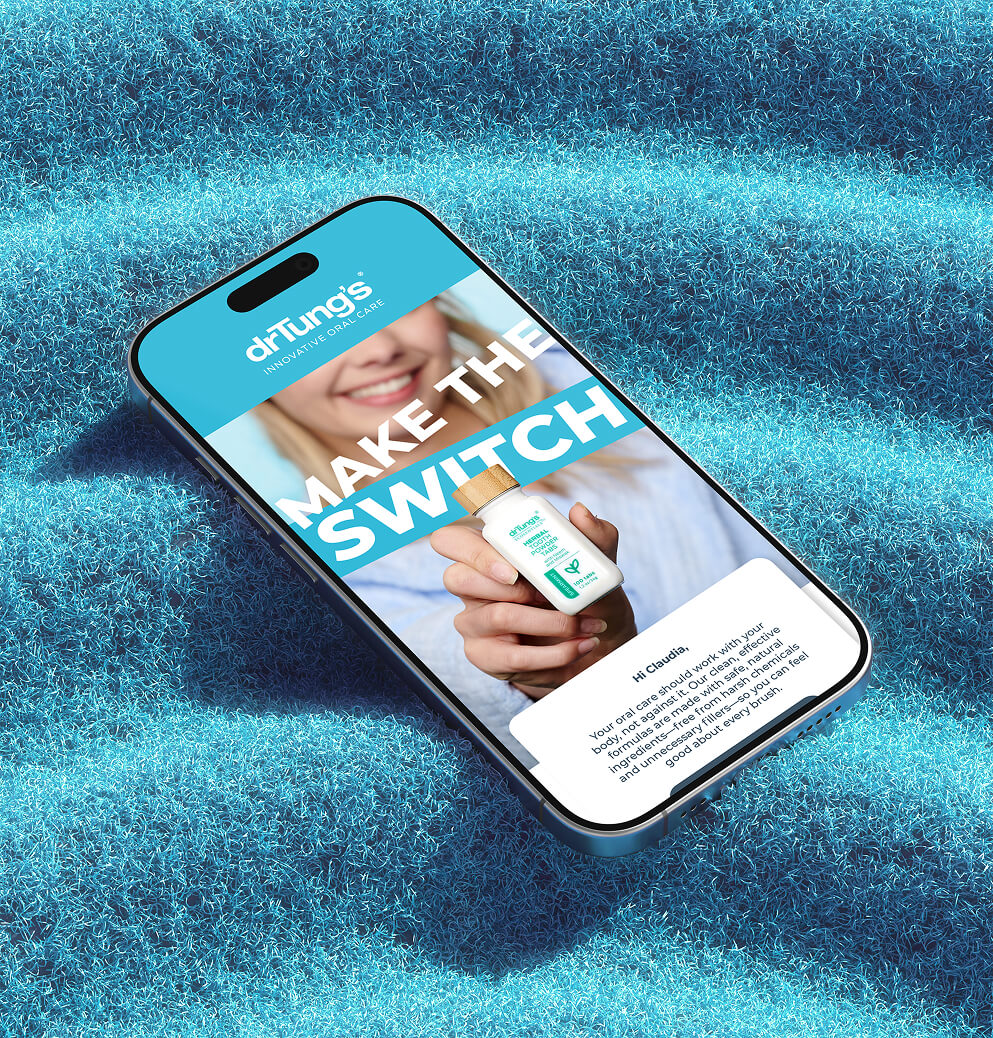

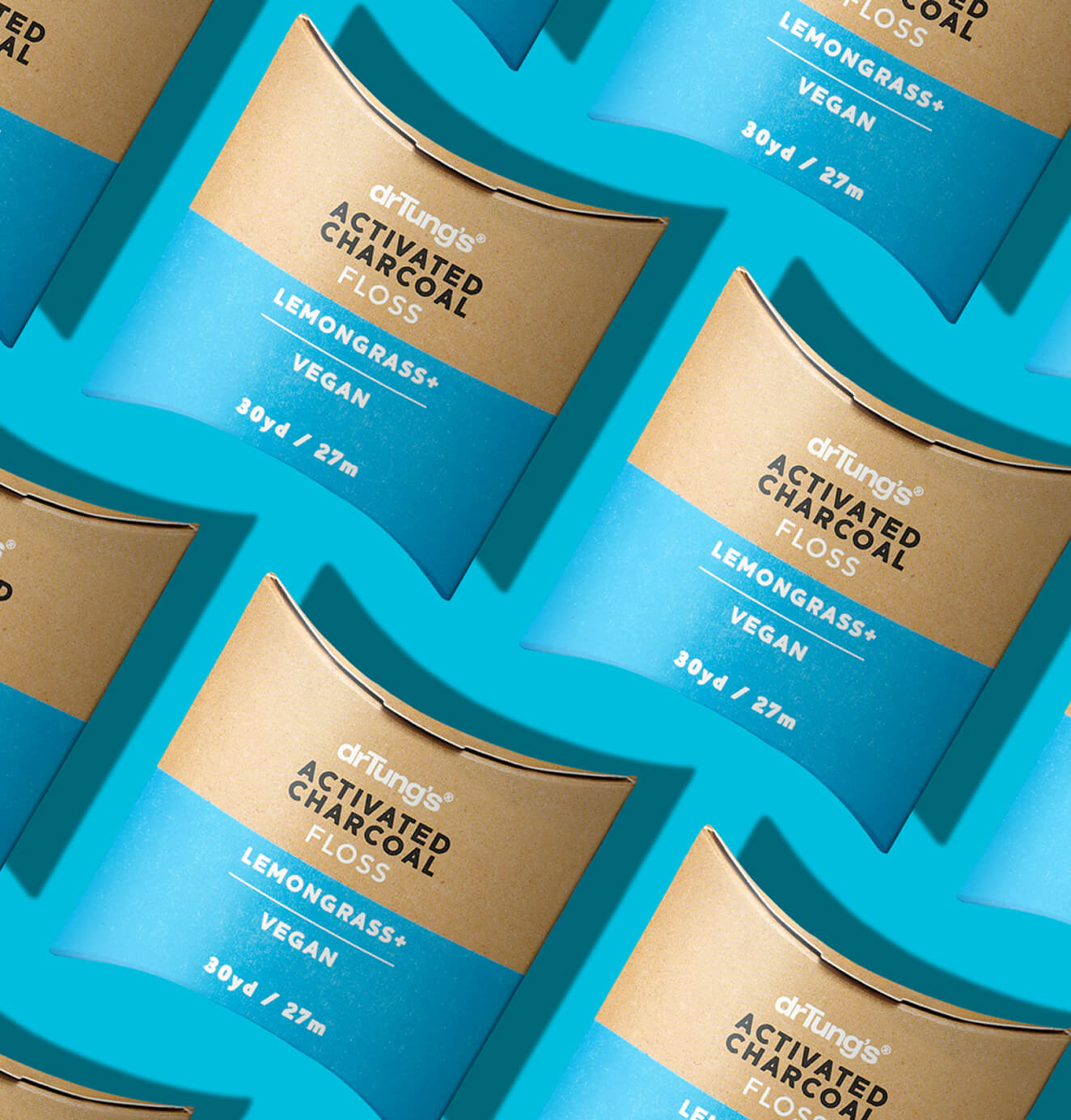




+93%Revenue growth in first 90 days
+144% Increase in attributed revenue


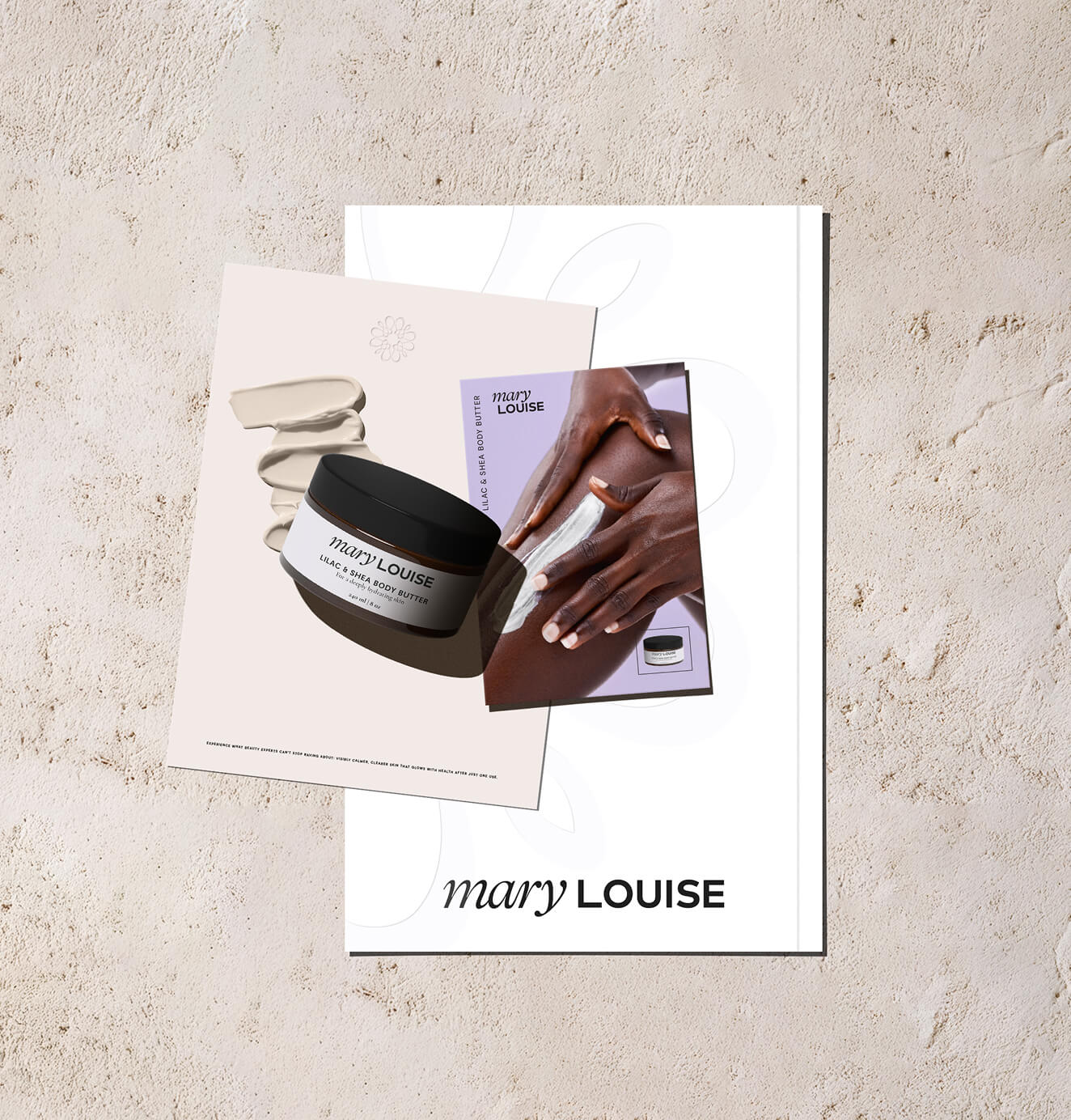





+91%Increase in conversion rate
+46%Increase in AOV


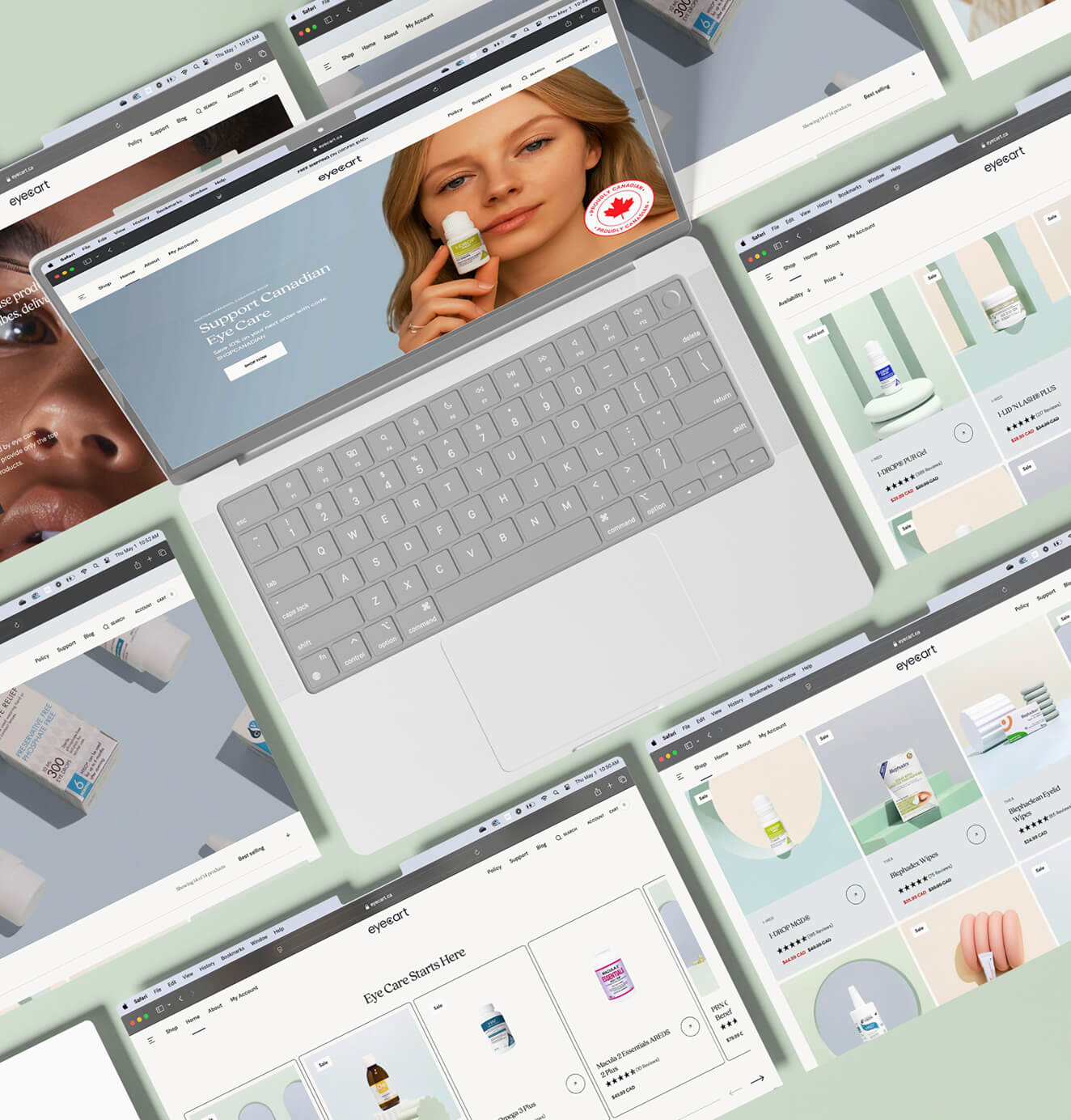





+200%Increase in conversion rate
+688%Increase in attributed revenue












